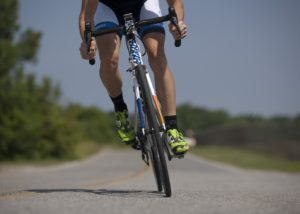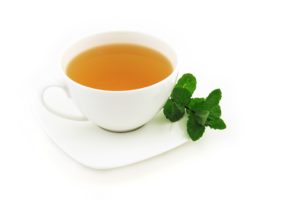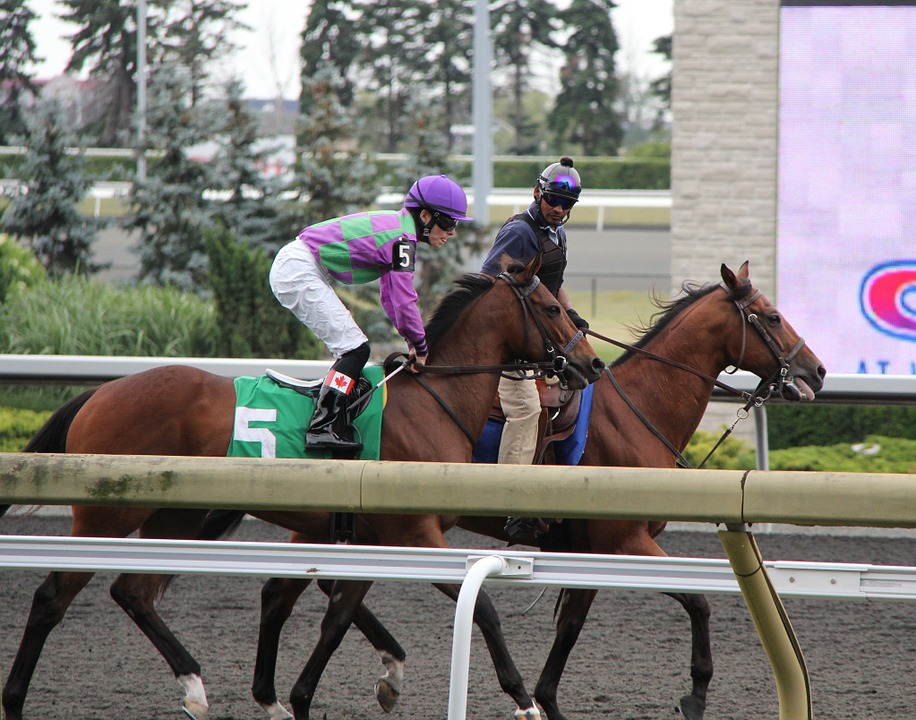Being a professional sportsperson takes a tremendous amount of dedication, courage and commitment. Strict fitness regimes, calorie-controlled diets and the ability to push through the pain barrier are just some of the requirements which help athletes excel in their chosen discipline. To the casual observer, being a jockey appears to be reasonably straightforward, but having to continually ride at the top of your game and keep a potentially uninterested animal on course is far from easy. Jockeys must maintain a high level of fitness throughout their careers and we take a look at some of the tried and trusted methods they use to ensure they remain at their peak.
Passing the Test
Before being allowed to jump into the saddle, jockeys must pass a stringent fitness test. It is in their best interests to prepare meticulously for this and it has been carefully curated with the intention of targeting every single muscle group. The dreaded bleep test is a key part of the examination and will be followed by planks (for three minutes), squats and pull band routines. Professional jockeys must score above 70% in each of these areas in order to receive the green light.
Surviving a Fall
Jockeys need to be ready to ride in all kinds of conditions and the unpredictability of the sport can often lead to them being thrown off at great speeds. Their bodies must be durable and staying in prime condition always helps speed up recovery times. National Hunt jockeys are particularly prone to bumps, bruises and breaks as they aim to negotiate a series of potentially difficult obstacles on a daily basis. Many of these experienced pilots simply brush off their injuries and are back in the saddle as soon as they’ve received the all-clear. Others such as Wilson Renwick have been forced to retire due to persistent problems caused by one significant tumble.
Aintree is a particularly taxing course for jockeys and having above-average core strength is absolutely imperative. The Grand National is one of the more competitive and dangerous events on the calendar and participants must be ready to clear one of the many iconic obstacles. Blaklion, who finished fourth in last year’s event, is the current 12/1 second favorite in the 2018 Grand National betting according to Oddschecker and is likely to be ridden by the hugely experienced Davy Russell once again. The 38 year-old stresses the important of staying fit, although, admits that in his younger days, cleaning out the stables and helping around the yard was an effective way of keeping him in shape.
Jockeys such as Barry Geraghty and Jamie Moore will run around the perimeter of the course upon arrival. This not only provides fitness benefits but also allows them to assess the suitability of the bends and the status of the underfoot conditions.
The Importance of Legs
 Yariv Kam, a fitness coach at the British Racing School stresses the importance of the whole body being strong, although legs have been singled out as one of the key focus areas. Former jockey Hayley Turner explained that having strong legs allows jockeys to push their ride and potentially squeeze out one last bit of effort, which could prove the difference between success and failure in the final furlong.
Yariv Kam, a fitness coach at the British Racing School stresses the importance of the whole body being strong, although legs have been singled out as one of the key focus areas. Former jockey Hayley Turner explained that having strong legs allows jockeys to push their ride and potentially squeeze out one last bit of effort, which could prove the difference between success and failure in the final furlong.
Leg raises and box jumps are just two of the exercises which have typically been implemented into the daily routine, whilst cycling also helps build up power in this important muscle group. Recently-retired flat jockey Martin Lane has previously spoken about his routine, which involved cycling six days a week and the occasional 150-mile trek. Swimming is another recommended exercise and is encouraged due to its ability to help tone multiple areas of the body.
Nutrition
 Every jockey will have their own unique diet but most of them will stick to these fairly rigidly. Champion jump jockey Richard Johnson will typically have a strong coffee, a couple of slices of wholemeal toast and a boiled egg before setting off each morning, whilst Jim Crowley will have a green tea before enjoying steak and salad for his evening meal. Protein plays a huge part and eggs are particularly prominent in the diet of any sportsman. Sweets aren’t completely off the menu with the aforementioned Crowley enjoying a couple of jelly babies mid-afternoon. Jockeys’ weights mustn’t fluctuate and they stick to regimented diets to ensure they are always ready for their next ride.
Every jockey will have their own unique diet but most of them will stick to these fairly rigidly. Champion jump jockey Richard Johnson will typically have a strong coffee, a couple of slices of wholemeal toast and a boiled egg before setting off each morning, whilst Jim Crowley will have a green tea before enjoying steak and salad for his evening meal. Protein plays a huge part and eggs are particularly prominent in the diet of any sportsman. Sweets aren’t completely off the menu with the aforementioned Crowley enjoying a couple of jelly babies mid-afternoon. Jockeys’ weights mustn’t fluctuate and they stick to regimented diets to ensure they are always ready for their next ride.
It is an occupation that is fraught with danger, and although the life-span of a sportsperson can often be fleeting, maintaining a high level of fitness, and making sacrifices, is absolutely imperative. In order to achieve success in their field, jockeys must ensure they don’t take their eye off the ball and remain in peak condition 365 days a year.
I write like I think—fast, curious, and a little feral. I chase the weird, the witty, and the why-is-this-happening-now. From AI meltdowns to fashion glow-ups, if it makes you raise an eyebrow or rethink your algorithm, I’m probably writing about it. Expect sharp takes, occasional sarcasm, and zero tolerance for boring content.












